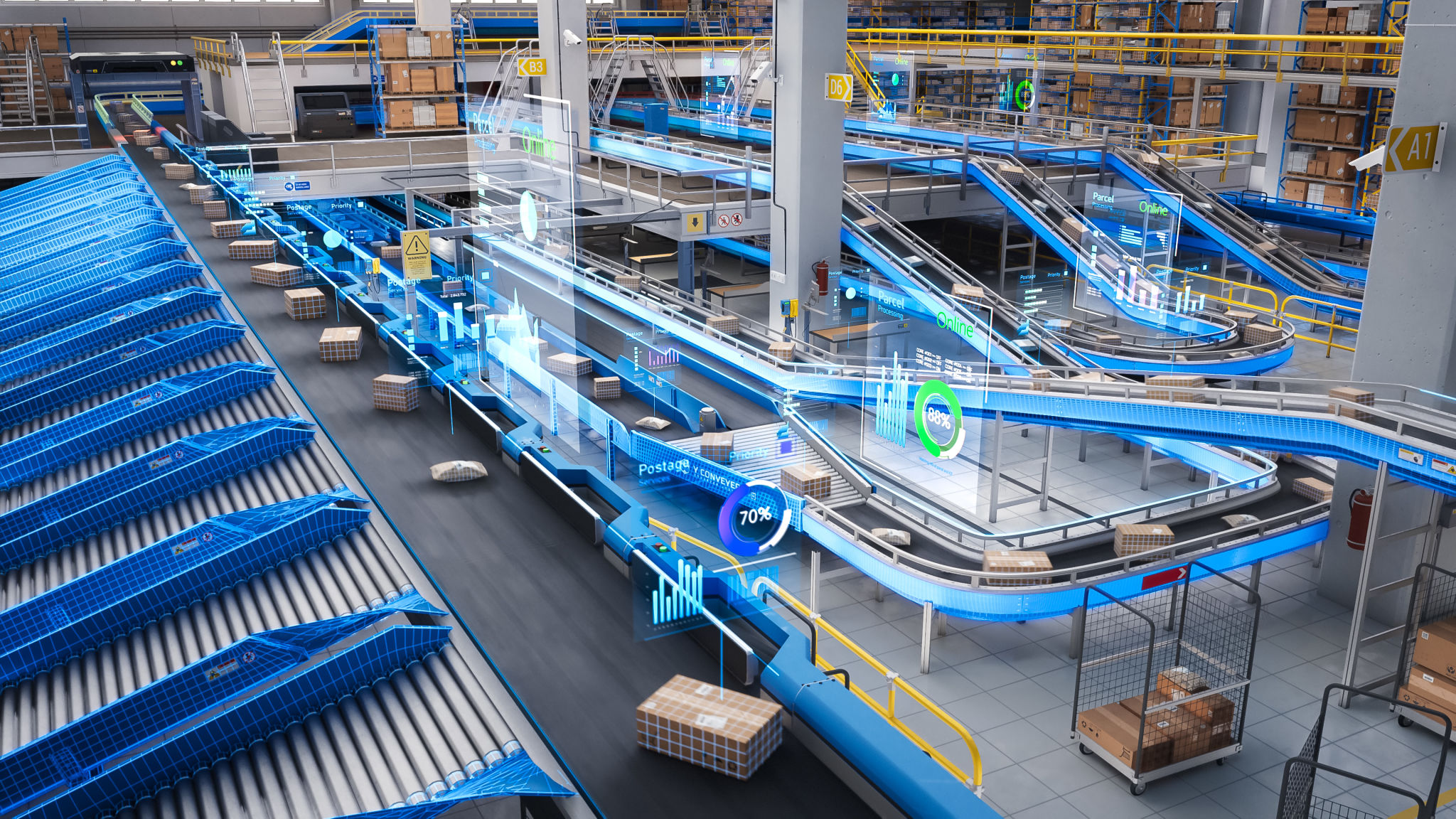Case Study: Successful Digital Transformation in Warehouse and Distribution
Introduction to Digital Transformation in Warehousing
As the logistics industry continues to evolve, digital transformation has become a crucial factor for maintaining competitiveness. Warehouse and distribution centers are no exception, as they strive to enhance efficiency, accuracy, and customer satisfaction through innovative technologies. This case study explores a successful digital transformation journey undertaken by a leading warehouse and distribution company.

The Challenge: Outdated Systems and Processes
Prior to the transformation, the company faced significant challenges due to its outdated systems. Manual processes led to frequent errors, delays, and inefficiencies. Inventory management was particularly troublesome, with inaccuracies leading to overstocking or stockouts. The need for a comprehensive digital overhaul was clear.
The company recognized that to meet the growing demands of their clients and to stay ahead of the competition, it was essential to embrace modern technology. This transformation needed to address operational inefficiencies and enhance their ability to serve customers effectively.
Objectives of the Transformation
The primary objectives of the digital transformation were:
- To automate inventory management for improved accuracy and efficiency.
- To enhance real-time visibility across operations.
- To improve customer satisfaction with faster delivery times.
- To reduce operational costs through optimized processes.
Implementation of Digital Solutions
The company partnered with a leading technology provider to implement state-of-the-art digital solutions tailored for warehousing and distribution. The implementation process involved several key steps:
- Integration of an automated inventory management system with real-time tracking capabilities.
- Deployment of IoT devices for seamless data collection and analysis.
- Utilization of AI-driven analytics for predictive demand forecasting.
This comprehensive approach ensured that all aspects of their operations were digitally integrated, allowing for seamless communication and coordination across departments.

Results and Benefits
The transformation yielded significant results that surpassed expectations. Inventory accuracy improved by 30%, leading to better stock management and reduced wastage. With real-time tracking, the company achieved a 20% improvement in order fulfillment times, greatly enhancing customer satisfaction.
Additionally, operational costs were reduced by 25% due to streamlined processes and increased efficiency. The use of predictive analytics also enabled the company to anticipate demand more accurately, allowing them to optimize their supply chain strategies effectively.
Long-term Impact
The long-term impact of the digital transformation was profound. The company not only achieved immediate operational improvements but also positioned itself as a leader in the industry. By leveraging cutting-edge technology, they were able to offer value-added services and adapt quickly to market changes.

Conclusion
This case study exemplifies how embracing digital transformation can revolutionize warehouse and distribution operations. By addressing existing challenges with modern technology, companies can achieve unparalleled efficiency, reduced costs, and enhanced customer experience. As the logistics landscape continues to evolve, digital transformation will remain a key driver of success.
For those in the warehousing and distribution sector, this success story serves as an inspiration to explore digital solutions that align with their unique needs and objectives. The future of logistics is digital, and those who adapt will lead the way forward.
